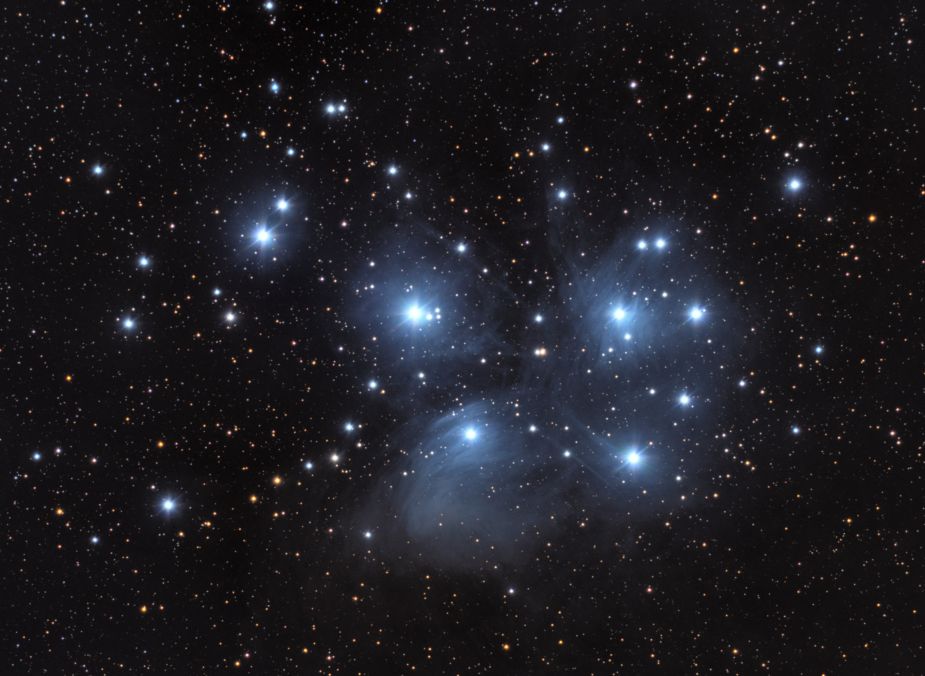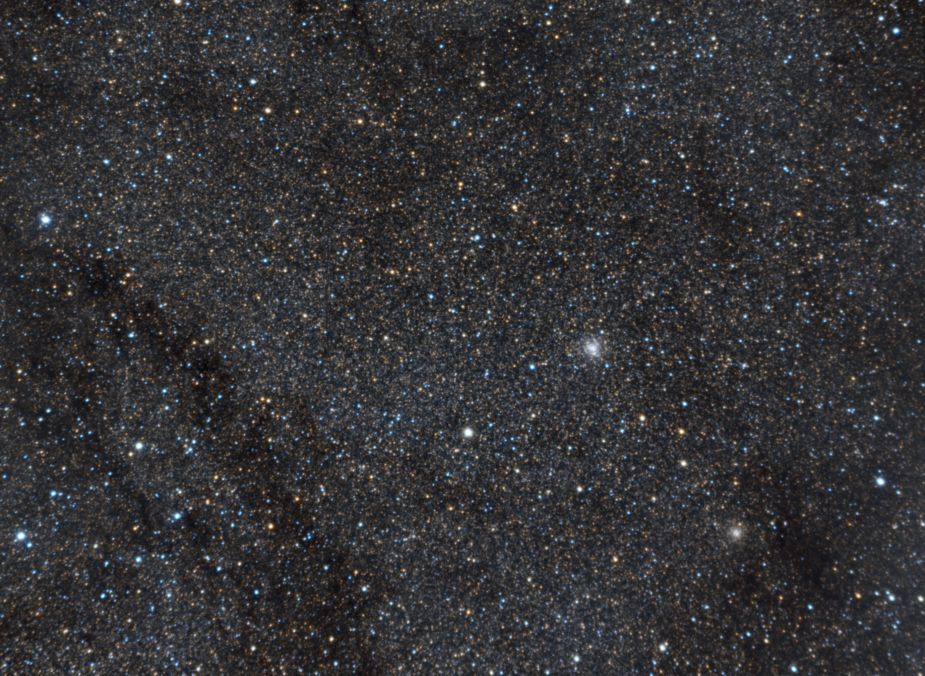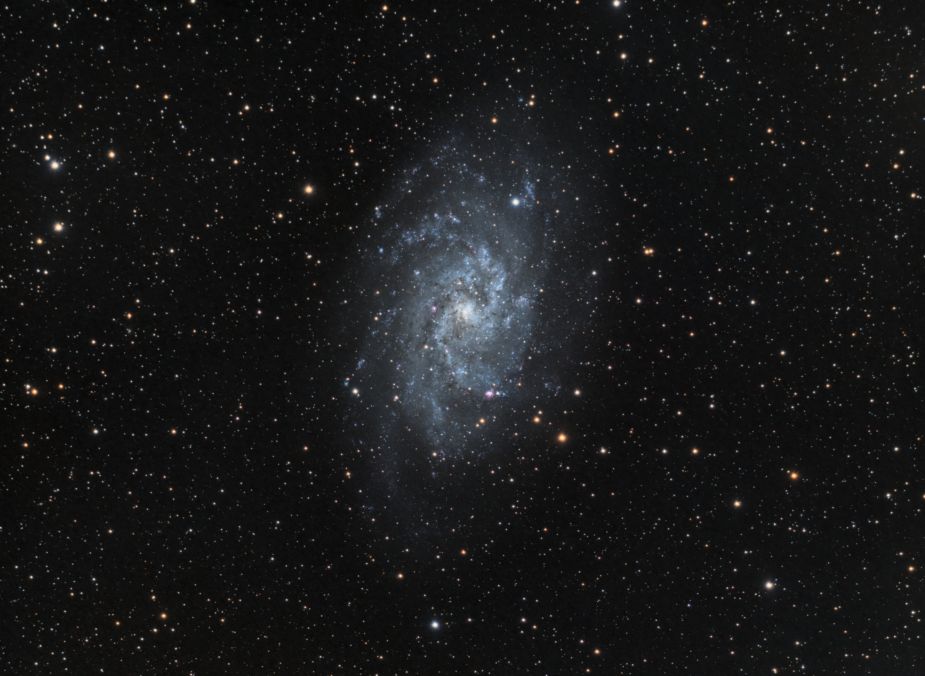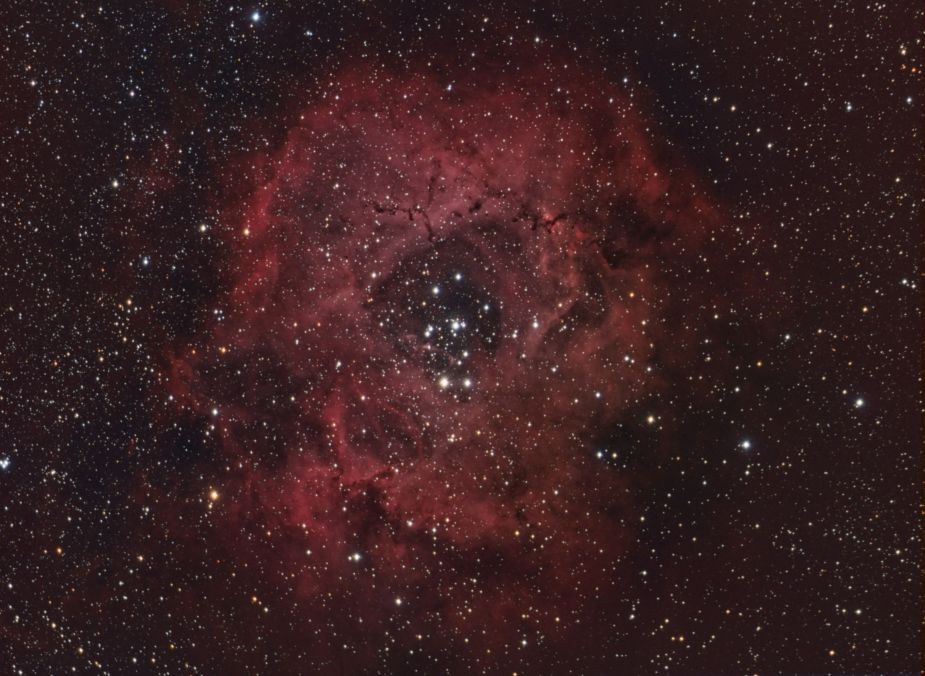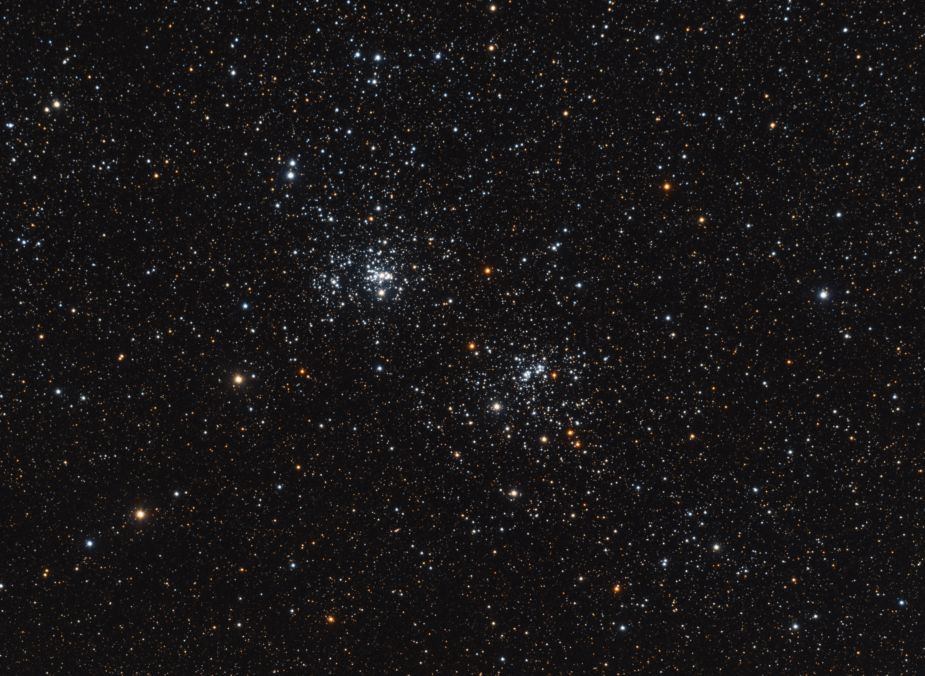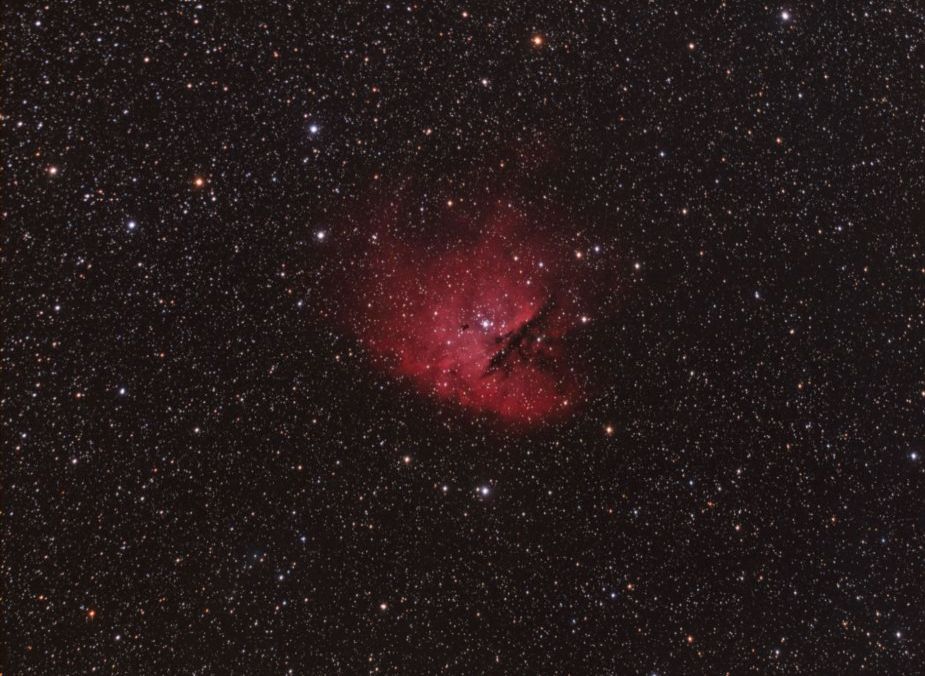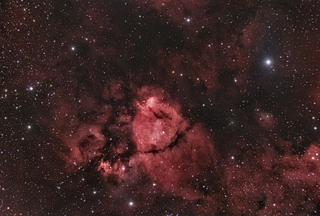
NGC 896 (2024)
- Constellation: Cassiopeia
- Right Ascension: 02h 33m 22s
- Declination: +61° 26′ 36″
- Distance: 7,500 ly
NGC 896 is an H II emission nebula located in Cassiopeia. More commonly know as the Heart Nebula.
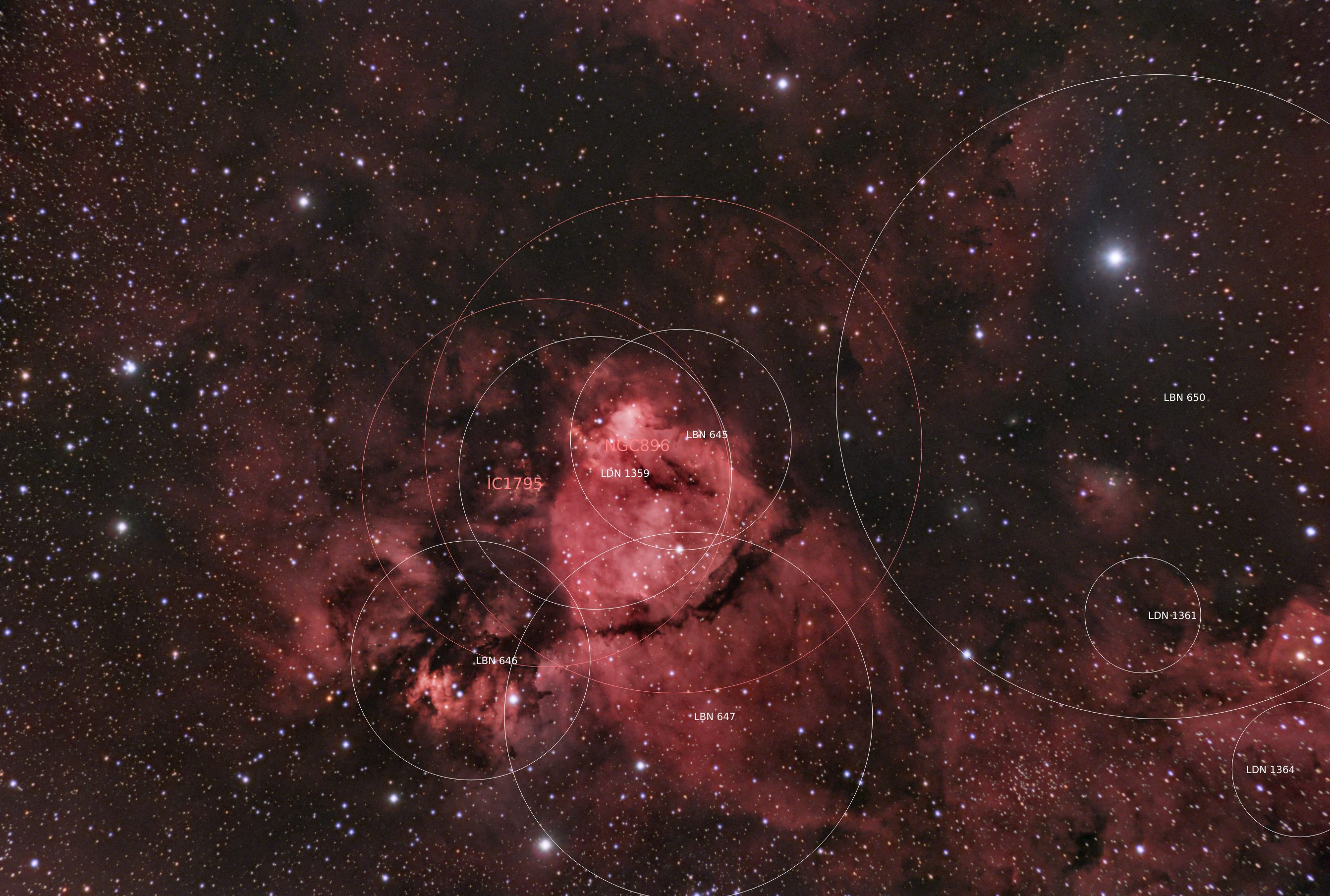
- Details
- Category: Nebulas
- Telescope: Explore Scientific 127 Refractor
- Camera: ZWO 2600 MM
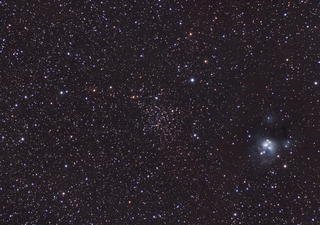
NGC 7142 and NGC 7129 (2024)
- Constellation: Cepheus
- Right Ascension: 21h 45m 10.0s
- Declination: +65° 46′ 18″
- Distance: 5,500 - 6,200 ly (est)
NGC 7142 is a older open cluster located in Cepheus. Also visible are the young reflection nebula of NGC 7129 located 3,300 light years distant from Earth.
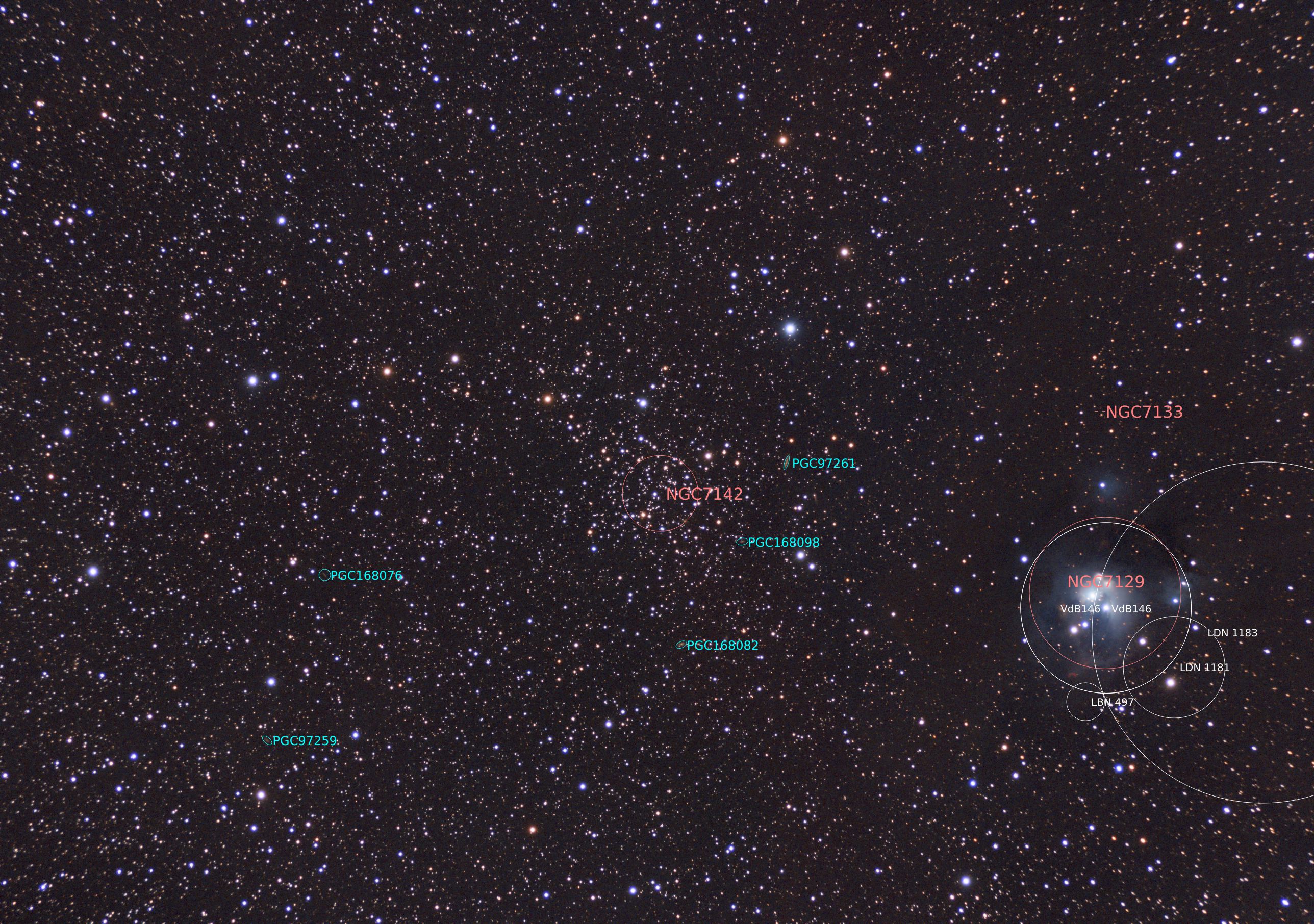
- Details
- Category: Open Clusters
- Telescope: Explore Scientific 127 Refractor
- Camera: ZWO 2600 MM
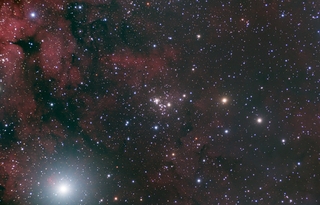
NGC 6910 (2024)
- Constellation: Cygnus
- Right Ascension: 20h 23m 08s
- Declination: +40° 46′ 30″
- Distance: 3,710 ly
- Trumpler Class: I2p
NGC 6910 is a open cluster located in the Cygnus constellation along with part of the Gamma Cygni Nebula that it may be a part of. Gamma Cygni (Sadr) shines brightly in the lower left corner at magnitude 2.23. Also various other dark nebula are visible in the image.
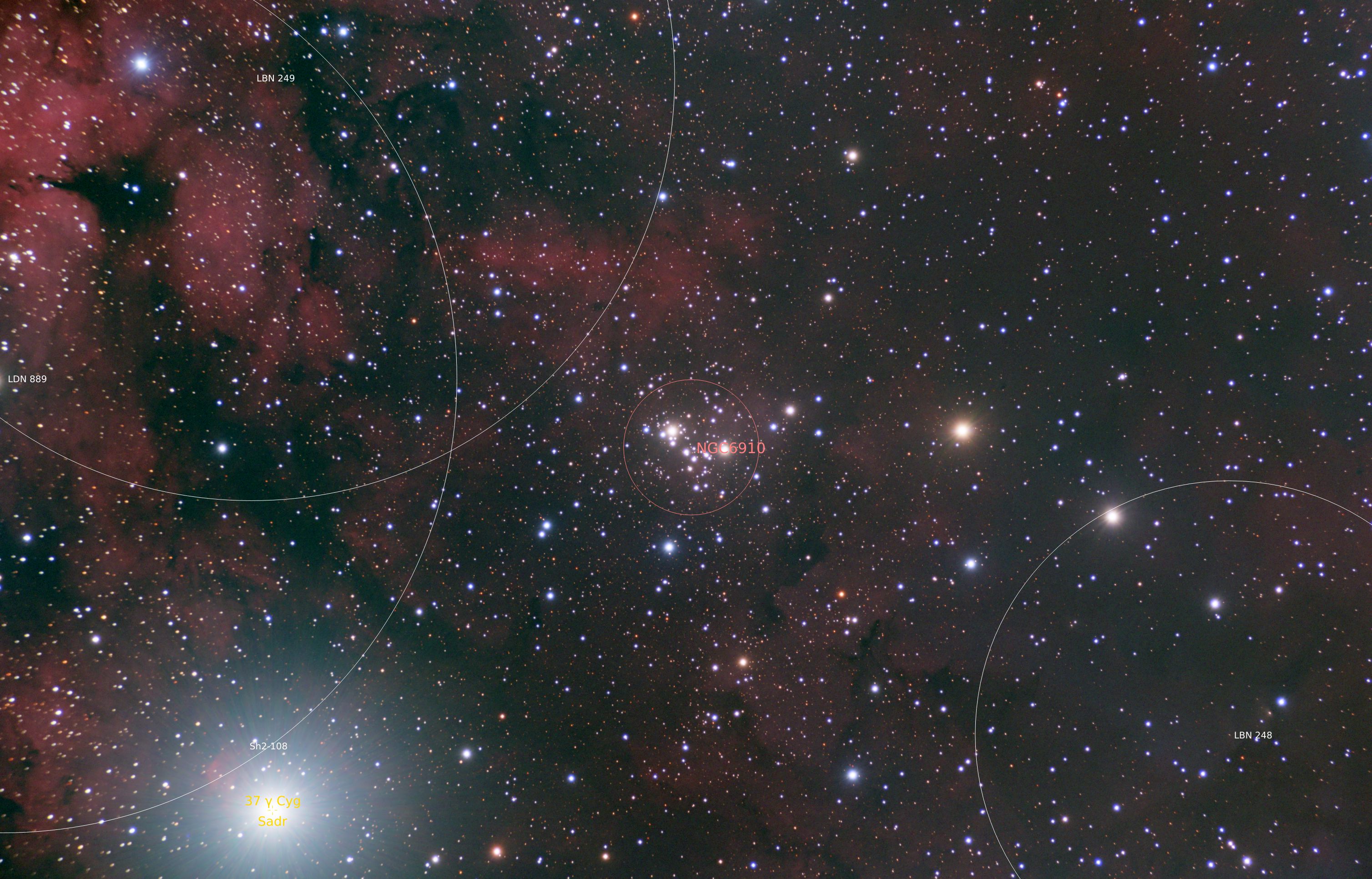
- Details
- Category: Open Clusters
- Telescope: Explore Scientific 127 Refractor
- Camera: ZWO 2600 MM
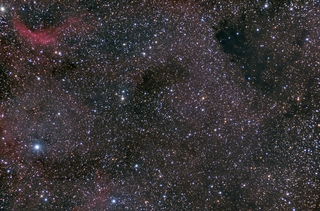
NGC 6996 (2024)
- Constellation: Cygnus
- Right Ascension: 20hr 56' 25"
- Declination: 45º 28' 12"
- Distance: 2,800 ly
NGC 6996 is a possible open cluster located inside the North American Nebula. Along with the cluster is nebulosity from the nebula, along with several dark nebula in the field.
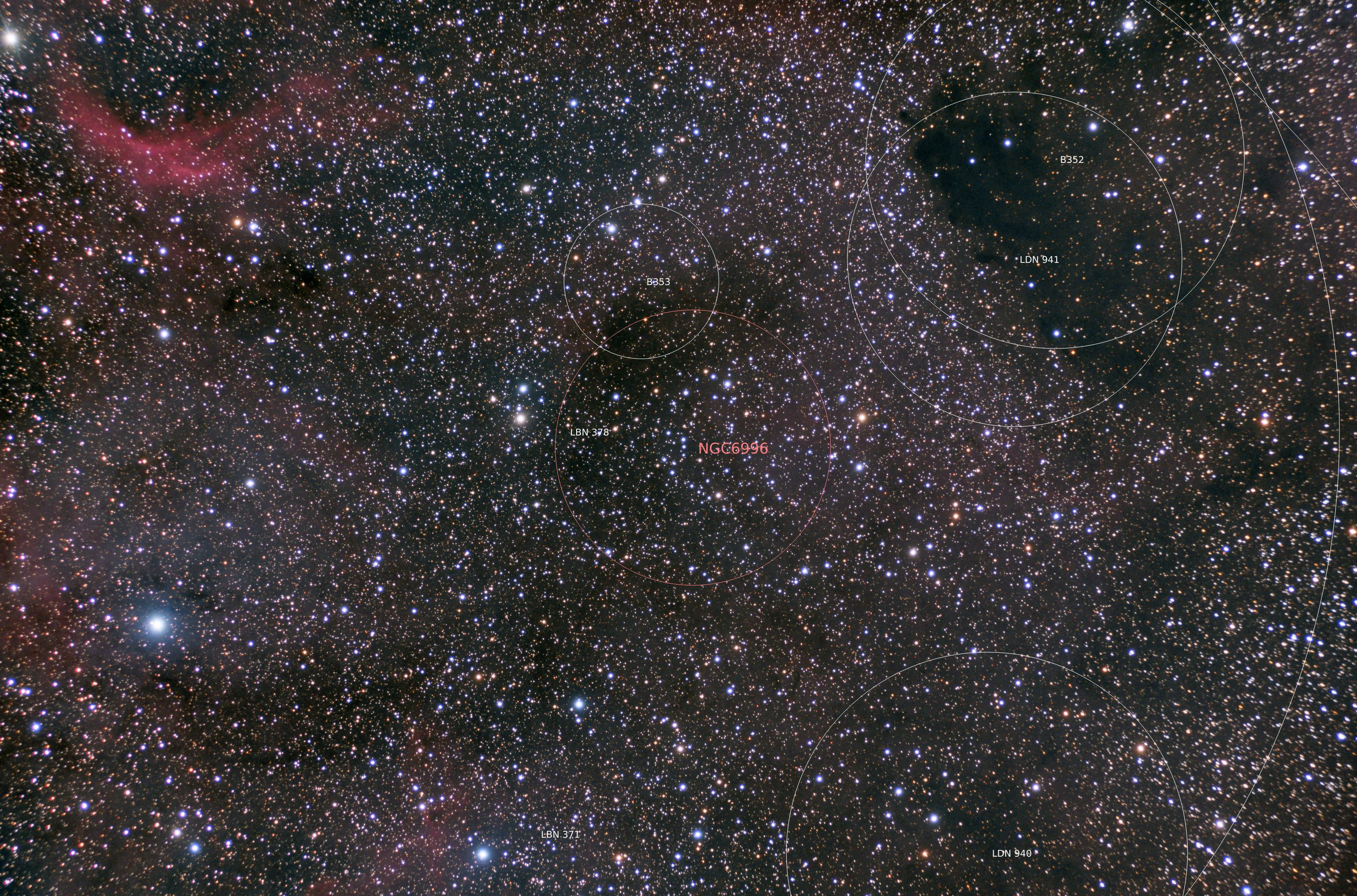
- Details
- Category: Open Clusters
- Telescope: Explore Scientific 127 Refractor
- Camera: ZWO 2600 MM
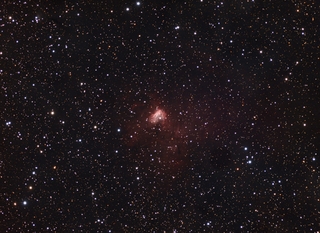
NGC 1491 (2024)
- Constellation: Perseus
- Right Ascension: 04h 03m 15.9s
- Declination: +51° 18′ 54″
- Distance: 9,800 ly approximate
NGC 1491 is a emission nebula located in the constellation of Perseus. It is often referred to as the Fossil Footprint nebula. Massive stars located in the nebula ionize the hydrogen gas causing it to glow in red light.
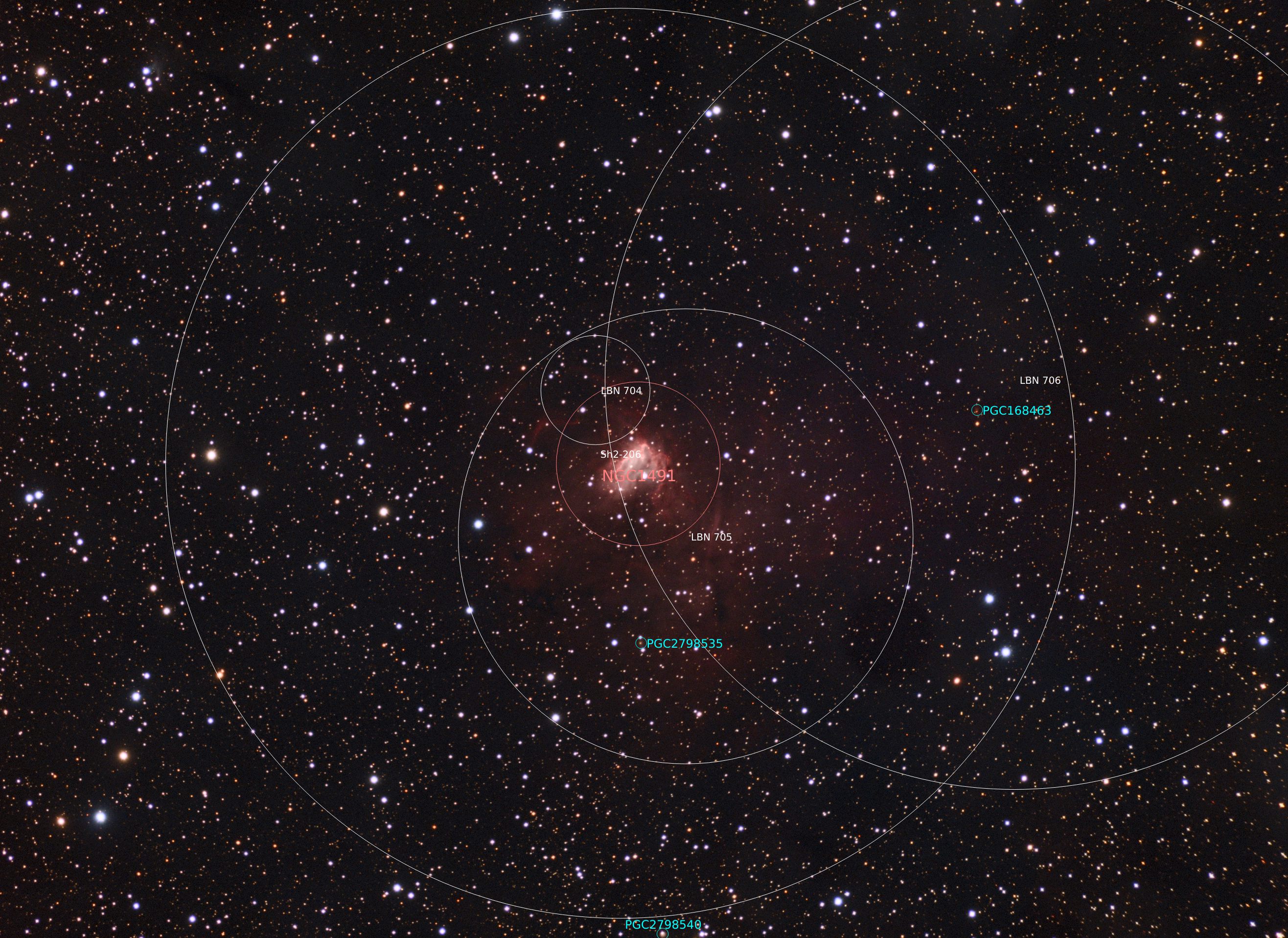
- Details
- Category: Nebulas
- Telescope: Explore Scientific 127 Refractor
- Camera: ZWO 2600 MM
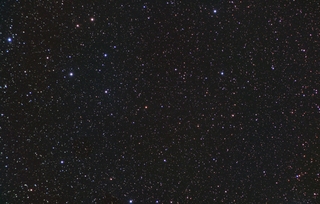
Barnard's Star (2024)
- Constellation: Ophiuchus
- Right Ascension: 17h 57m 48.49847s
- Declination: +04° 41′ 36.1139″
- Distance: 5.96 ly
- Apparent Magnitude: 9.5
- B-V Color Index: 1.713
Barnard's Star is the 4th closest star, and shows the highest proper motion (apparent motion) across the sky. With over 10 arc-seconds of motion per year, the change of its position is visible over a year's time. A small red dwarf, and at magnitude 9.5, it requires optical aid to see it. Also is know as V2500 Oph in the variable star catalogue, as is displayed here.
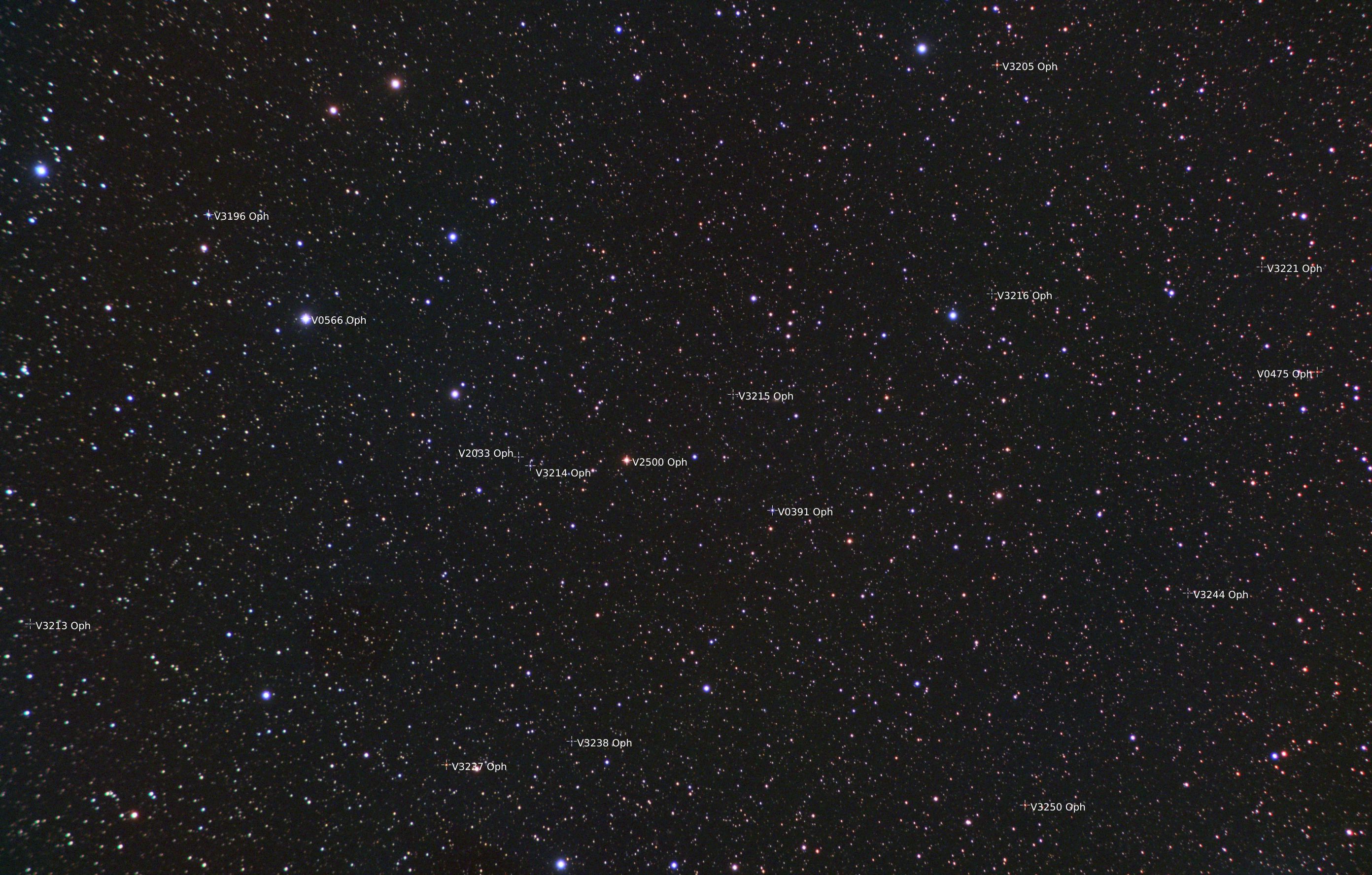
An image of the star taken from 2014 till 2024 at every two years illustrates it's motion over time.
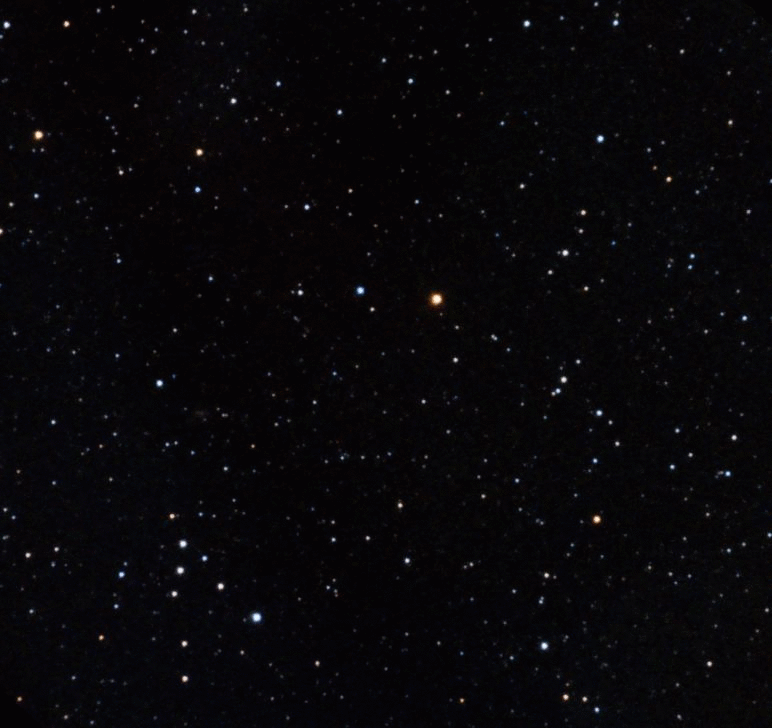
- Details
- Category: Stars
- Telescope: Explore Scientific 127 Refractor
- Camera: ZWO 2600 MM
Page 1 of 4
